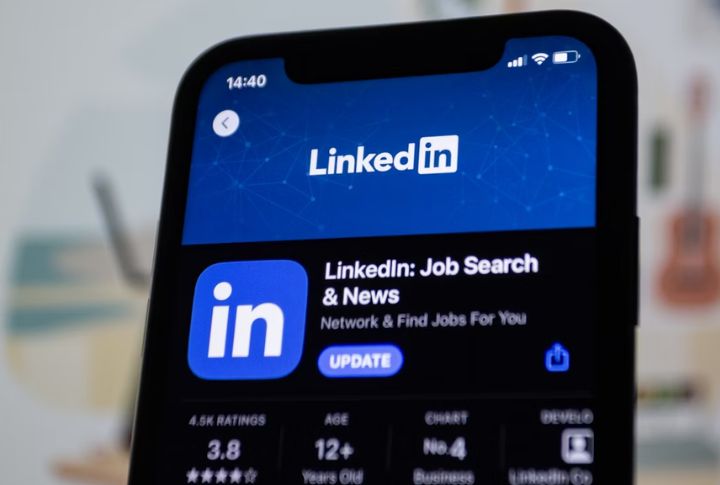
Scrolling through job boards, you’ve probably seen positions that vanish quickly or never seem to lead anywhere. Some of these openings exist for reasons other than actual hiring. Companies use them strategically for planning, perception, or competitive advantage. Want to reveal the hidden motives behind these mysterious listings? Here are 10 reasons employers post jobs with no intention to hire.
Testing The Talent Pool

Companies usually post job listings to survey the current talent market, even without immediate hiring plans. This strategic approach helps them understand available skill sets and experience levels in the market. So, when exceptional candidates apply, employers can identify and track potential future hires through this talent pool assessment.
Building A Resume Database

Posting a job doesn’t always signal a vacancy. Many companies use job ads to build resume databases filled with strong candidates. During sudden staffing changes or rapid business expansion, HR can quickly reach qualified applicants, saving time, ensuring smooth operations, and securing the right people without delay or stress.
Meeting Legal Posting Requirements

Some companies have to play by the rules. They’re legally required to post all job openings publicly, even if they already have someone in mind. Public sector organizations do this to show transparency, and private companies sometimes follow similar policies by making sure every position is advertised for compliance and fairness.
Attracting Investor Confidence

Investors pay attention when a company posts new jobs. It signals momentum, growth, and ambition. These listings don’t just attract talent—they send a clear message: the business is expanding and has serious potential. Carefully chosen job postings can also shape the story investors tell themselves about a company’s future.
Benchmarking Salary Expectations

Several businesses use job postings as a cost-effective way to understand salary trends. Instead of purchasing expensive compensation surveys, they analyze what candidates expect to earn. The data from these applications assists companies in fine-tuning their pay scales and remaining competitive in talent acquisition.
Maintaining An Active Careers Page

The practice of maintaining multiple job listings creates an appearance of constant growth and opportunity. Businesses strategically keep their careers pages active with positions, even without immediate hiring needs. This tactic helps attract talent while projecting an image of success to various stakeholders.
Keeping Competitors Guessing

Not every job posting means a company is hiring. Sometimes it’s a smokescreen designed to throw rivals off. Competitors see “expansion” and scramble to adjust, not realizing it’s all theater. It’s like bluffing in poker—the move costs little but can push others into costly mistakes.
Testing Job Descriptions

Job postings can serve as experiments for employers. Companies track candidate responses to see which parts of a description draw the right talent. The insights gathered not only refine future job listings but also reveal surprising patterns about what applicants value most in potential roles.
Preparing For Sudden Turnover

Companies usually post jobs strategically to prepare for unexpected employee departures. These postings serve as insurance against sudden staffing gaps. With pre-screened candidates already lined up, organizations can swiftly fill critical roles and maintain operational continuity during personnel changes.
Satisfying Internal Politics

Sometimes job postings exist for reasons other than hiring. HR may list positions to respond to management requests for Team growth, and some managers post roles to show initiative. Others do it under pressure from senior executives or investors who want visible signs of expansion, even if no immediate hiring is planned.
